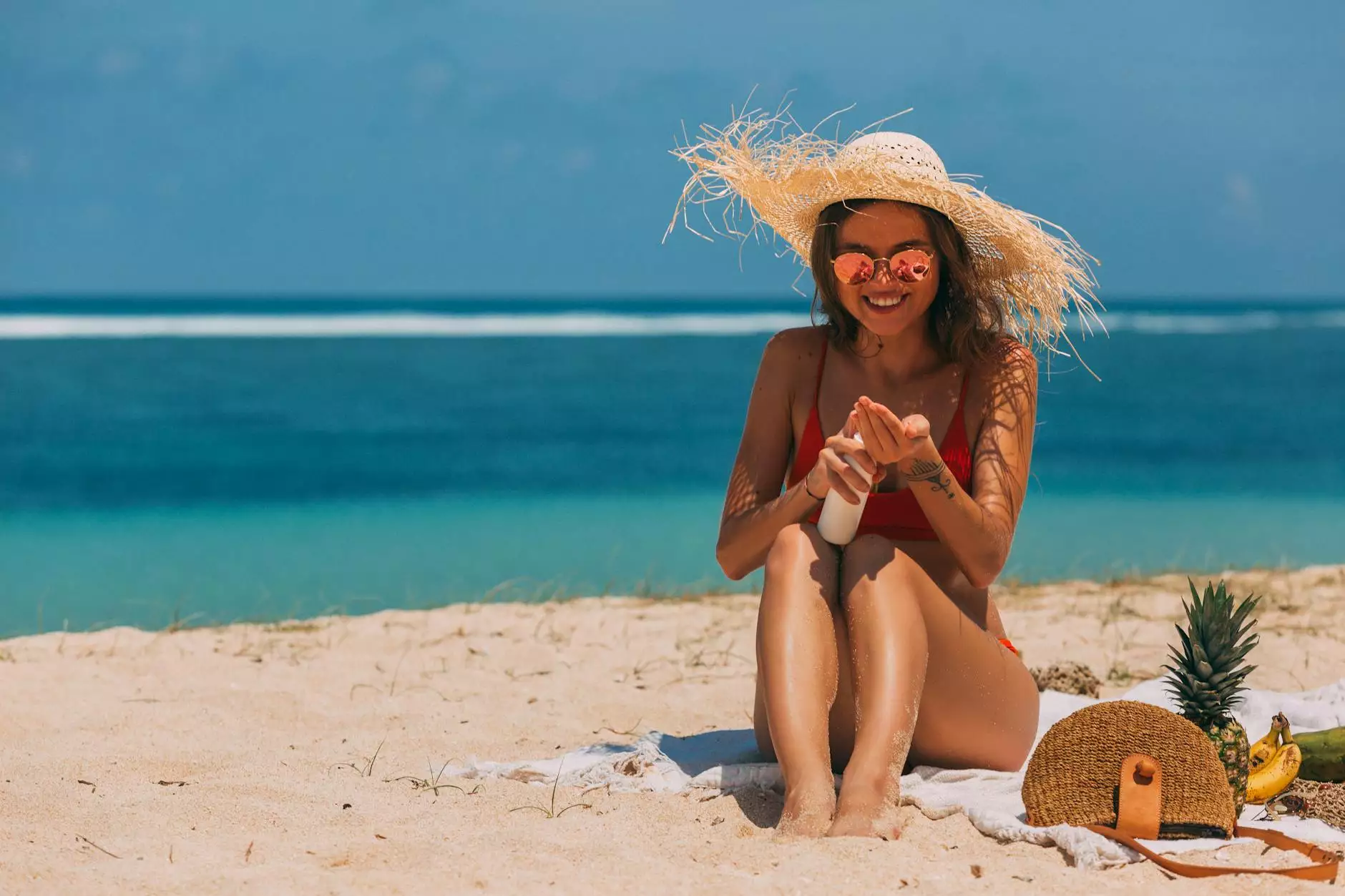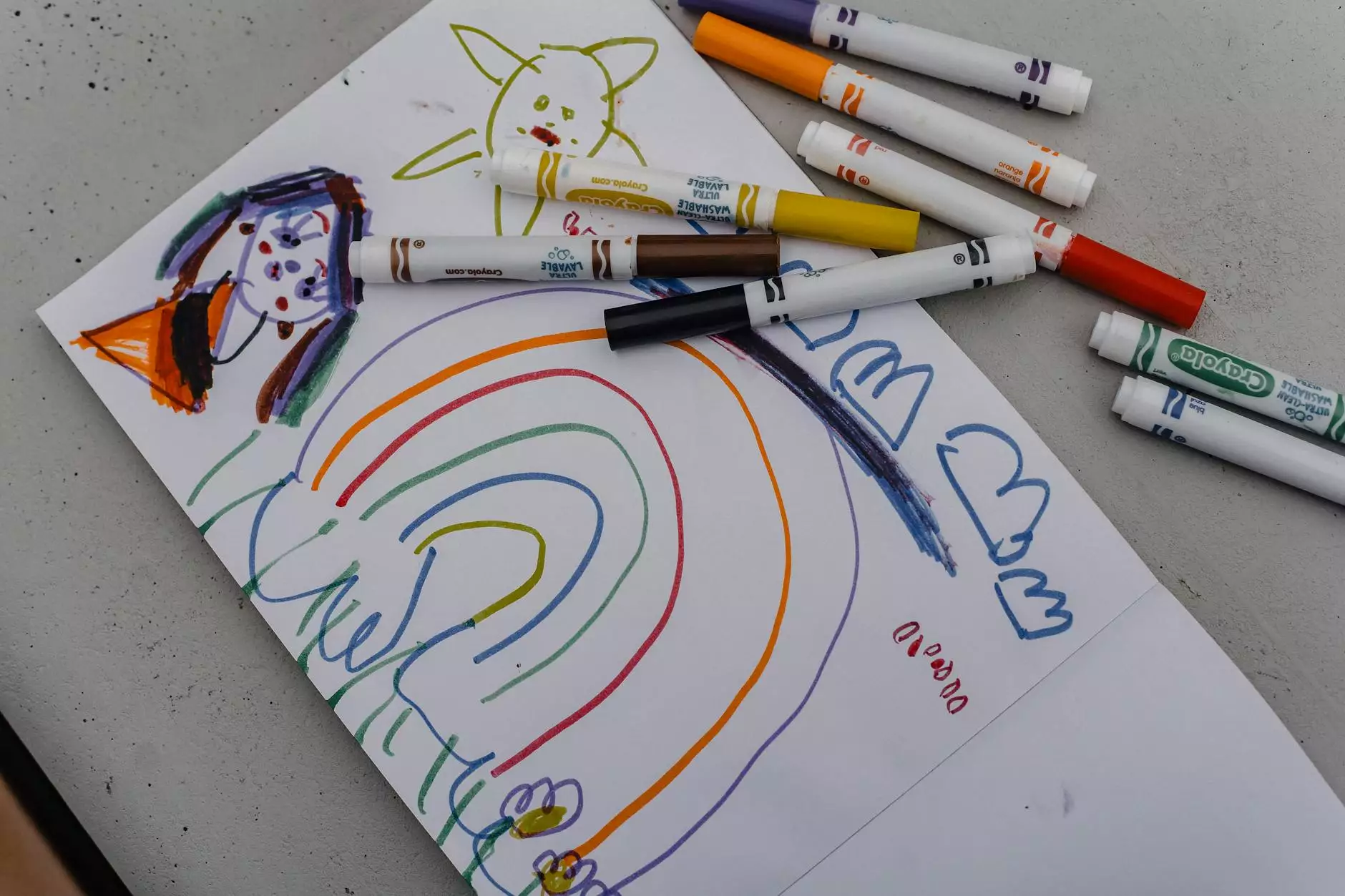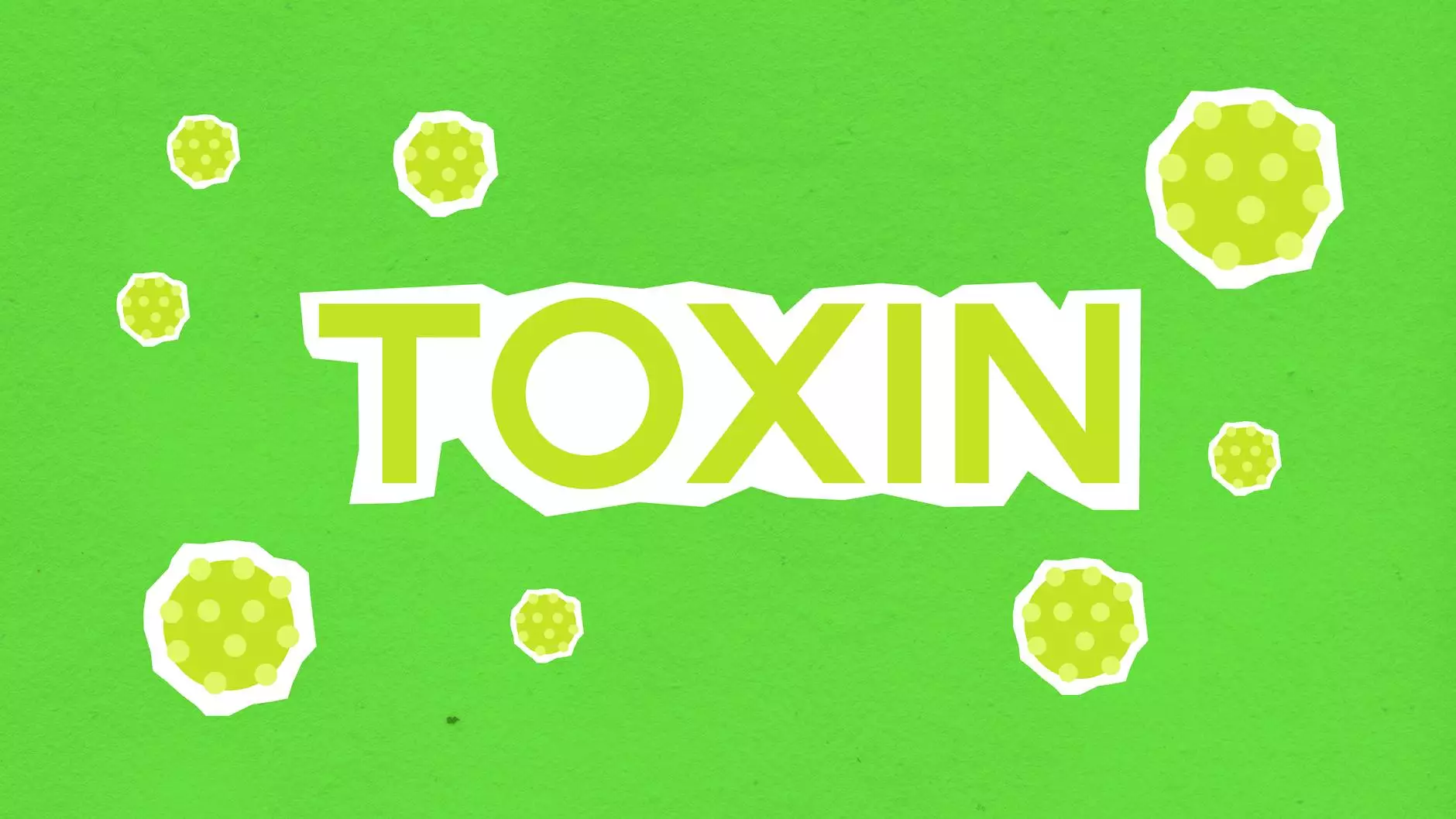Sun Poisoning and Prevention

Understanding Sun Poisoning
Sun poisoning, also known as sunburn, is a common skin condition caused by excessive exposure to ultraviolet (UV) rays from the sun. It occurs when the skin gets overwhelmed by sun exposure, leading to red, painful skin and other related symptoms.
At Regency Square Care Center, a leading provider of geriatric and aging care services in Iowa, we understand the importance of raising awareness about sun poisoning and preventing its harmful effects. In this comprehensive guide, we will explore different types of sun poisoning, symptoms to look out for, available treatment options, and effective prevention strategies.
Common Types of Sun Poisoning
Sun poisoning manifests in various forms, each with its unique set of symptoms and characteristics. Recognizing the specific type of sun poisoning is crucial to ensure appropriate treatment and prevention. The following are some of the most common types:
1. Sunburn
Sunburn is the mildest and most common form of sun poisoning. It usually causes redness, pain, and tenderness of the skin. Severe sunburn can lead to blistering and peeling. Sunburns typically occur after prolonged exposure to the sun without adequate protection.
2. Phototoxic Reactions
Phototoxic reactions occur when certain medications or substances make the skin more sensitive to the sun. This heightened sensitivity can result in severe sunburn-like symptoms even with minimal sun exposure. Medications like antibiotics, diuretics, and nonsteroidal anti-inflammatory drugs (NSAIDs) can increase the risk of phototoxic reactions.
3. Polymorphous Light Eruption (PMLE)
PMLE is a common sun-related condition characterized by itchy or burning red rashes on sun-exposed areas of the skin. It typically affects individuals with fair skin and appears several hours or days after sun exposure. PMLE is especially prevalent during spring and early summer.
4. Actinic Prurigo
Actinic prurigo is a rare genetic condition that causes an itchy skin reaction upon exposure to sunlight. It often affects individuals with Native American or Hispanic ancestry. Symptoms include redness, swelling, and bumps on the skin, which can be accompanied by intense itching and discomfort.
Symptoms and Treatment
The symptoms of sun poisoning may vary depending on the type and severity of the condition. However, some common signs to watch out for include:
- Redness and inflammation of the skin
- Pain and tenderness
- Blisters or peeling
- Itchy or burning rashes
- Fever, headache, and nausea (in severe cases)
If you suspect sun poisoning, it is crucial to seek medical attention. Mild cases of sunburn can be treated with over-the-counter pain relievers, cool compresses, and moisturizers. For more severe symptoms or complications, a healthcare professional may recommend prescription medications and specialized treatments.
Preventing Sun Poisoning
Prevention is the key to avoiding the harmful effects of sun poisoning. Here are some essential tips and strategies to protect yourself from sunburn and related conditions:
1. Apply Sunscreen
Always apply a broad-spectrum sunscreen with at least SPF 30 or higher before going outdoors. Reapply every two hours or more frequently if swimming or sweating excessively.
2. Seek Shade
Avoid direct sun exposure during peak hours (generally between 10 am and 4 pm) when the UV rays are the strongest. Stay in the shade or use umbrellas, hats, and protective clothing to minimize skin exposure.
3. Wear Protective Clothing
Wear loose-fitting, light-colored clothing that covers your arms and legs. Opt for clothing with UPF (Ultraviolet Protection Factor) properties for enhanced sun protection.
4. Use Sunglasses
Protect your eyes from harmful UV rays by wearing sunglasses with adequate UV protection. Look for sunglasses labeled with 100% UVA and UVB protection.
5. Stay Hydrated
Drink plenty of water to keep your body hydrated, especially during hot and sunny days. Proper hydration promotes overall skin health and reduces the risk of sun-related complications.
6. Avoid Tanning Beds
Tanning beds emit harmful UV rays that can damage your skin and increase the risk of sunburn and skin cancer. It is best to avoid using tanning beds altogether.
7. Be Sun-Smart
Practice sun safety habits consistently, even on cloudy or cool days. UV rays can still penetrate through the clouds and cause sunburn or other sun-related conditions.
Conclusion
Regency Square Care Center is committed to providing comprehensive information on sun poisoning and prevention strategies to help you maintain optimal skin health. By understanding the different types of sun poisoning, recognizing the symptoms, and following effective prevention measures, you can significantly reduce your risk of sunburn and related complications.
Take control of your skin's well-being and prioritize sun safety. Consult with a healthcare professional if you experience severe symptoms or have concerns about sun poisoning. Remember, prevention is always better than cure when it comes to protecting your skin from the harmful effects of the sun.










